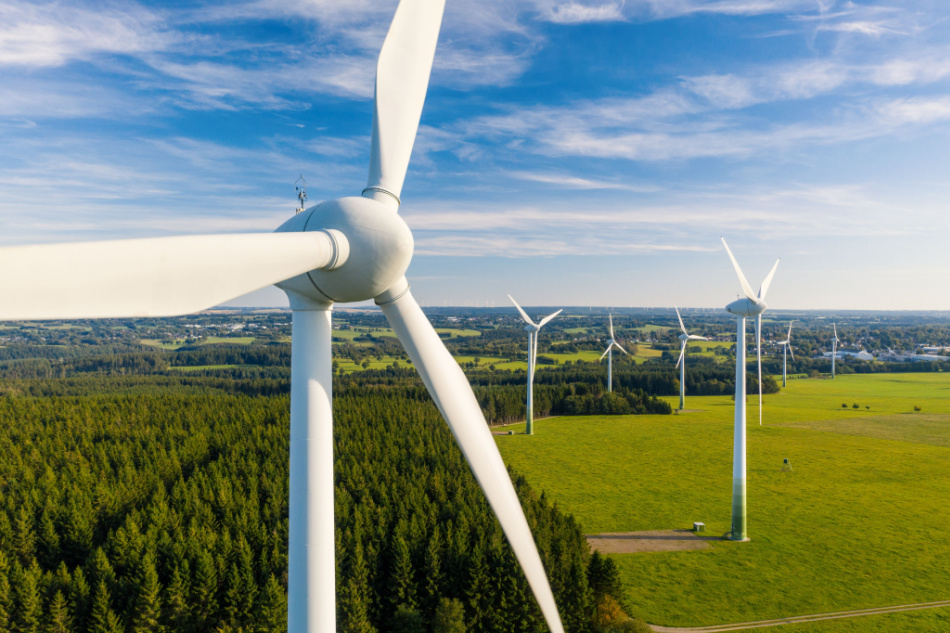Wind turbines have long been one of the primary sources of clean energy. While they have not been without controversy over the years, they are widely acknowledged as a planet- and people-friendly answer to climate change when compared to other green energy sources.
Soon, they may be able to serve a dual purpose in the fight for our planet: generating clean energy while capturing carbon dioxide from the air and using it to produce materials like concrete.
What do wind turbines do?
In a nutshell, wind turbines generate electricity by harnessing the kinetic energy of the wind.
Wind power has been harnessed as a renewable energy source since the 1800s. Professor James Blyth of Anderson’s College in Glasgow created the first wind turbine used to generate energy in 1887.
Modern wind power, on the other hand, is widely acknowledged to have originated in Denmark a decade later. In 1897, the country created a 22.8-meter wind turbine powered by horizontal-axis blades.
Over a century later, contemporary science still offers numerous opportunities for the advancement of wind power.
Recently, researchers discovered that turbines may practically take greenhouse gases out of the air.
Could wind turbines remove carbon dioxide from the atmosphere?
Wind turbines offer a significant advantage over other carbon dioxide removal systems due to their sheer height.
Emissions emitted by factories and urban areas are frequently concentrated at heights that machinery at ground level would have difficulty capturing. Not to mention that these can be costly to install, requiring the complex construction of underground pipework.
It’s also worth noting that wind farms sometimes create too much energy; if they ran a carbon removal system alongside their power generation, there would be less energy wasted.
Researchers from Purdue University in Indiana have been investigating how turbines can suck contaminated air into their wake and funnel it into the earth for safe removal.
“As large, power-generating wind turbines rotate, they cause turbulence that pulls air down into the wakes behind them”, mechanical engineer Luciano Castillo of Purdue explained to Science News.
“It’s an effect that can concentrate carbon dioxide enough to make capture feasible, particularly near large cities”.
On November 21, the researchers aim to present their system at a meeting of the American Physical Society’s Division of Fluid Dynamics in Indianapolis.
The device would use a liquid filter system to capture CO2 from the air pushed across the wind turbine, according to a factsheet issued by Purdue University’s Office of Technology Commercialization. This would absorb CO2 into a solution of water and calcium hydroxide.
The carbon dioxide would then combine with the calcium hydroxide to generate calcium carbonate, which could subsequently be used in the creation of concrete and other materials.
According to the researchers, this method could have a significant impact on “closing the loop” concrete production, which accounts for eight percent of worldwide CO2 emissions.
Are there any potential downsides?
In order for this to be a truly carbon-neutral solution, the carbon removal system would have to rely on wind turbine energy.
Electricity demand can fluctuate; if there was a very high demand for energy, opponents wonder if there would be a backup plan for carbon capture.
The development of large wind turbines would likewise necessitate extensive planning. Although most turbines have a lifespan of approximately 25 years, making them a long-term investment, building subterranean storage units would broaden the scope of a wind farm’s construction.











